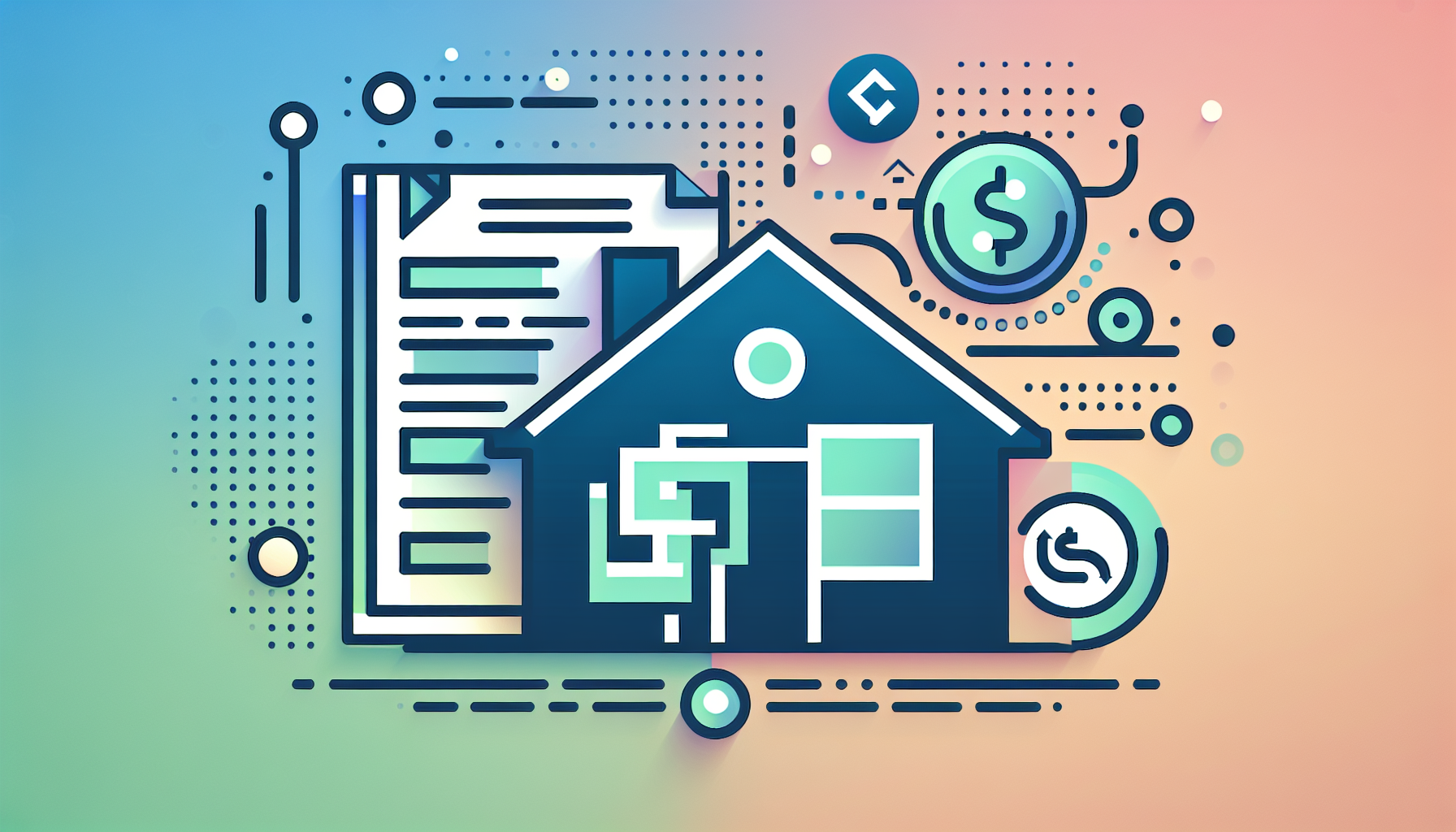Understanding Loan Modification vs Refinance

Navigating the complex landscape of financial management often requires a deep understanding of various strategies to maintain financial stability, especially when it comes to mortgages. Two common approaches homeowners consider when facing financial difficulties or seeking better terms are loan modification and refinancing. While both methods aim to make mortgage payments more manageable, they operate differently and are suited to different scenarios. In this article, we will explore the concept of modification eligibility, interest rate reduction modification, and term extension options, providing actionable insights to help you decide which path is best for your situation.
Understanding Loan Modification
A loan modification is a process through which the terms of your existing mortgage contract are adjusted to make payments more affordable. This can include lowering the interest rate, extending the loan term, or even changing the type of loan from an adjustable-rate to a fixed-rate mortgage. Loan modifications are typically sought by homeowners facing financial hardship who are unable to keep up with their current mortgage payments. Unlike refinancing, a modification does not involve taking out a new loan but rather modifies the existing one to prevent foreclosure or default.
Eligibility for Loan Modification
To be eligible for a loan modification, homeowners generally need to demonstrate financial hardship. This could be due to unemployment, divorce, medical issues, or other significant life events that impact one's ability to meet mortgage obligations. Lenders require documentation of income loss or financial hardship, such as a hardship letter, recent bank statements, and tax returns. One of the key benefits of a loan modification is that it typically does not involve closing costs, making it a more cost-effective immediate solution compared to refinancing.
Interest Rate Reduction Modification
A crucial aspect of loan modification is the potential to reduce the interest rate of your mortgage. By lowering the interest rate, homeowners can significantly decrease their monthly payments. This is especially beneficial in scenarios where interest rates have dropped since the original loan was secured or if the homeowner is currently under a variable rate that has become unaffordable. For instance, if you initially secured a mortgage with a high variable interest rate, switching to a fixed rate can provide stability and cost savings, even if the fixed rate is slightly higher than the current variable rate, as it eliminates the risk of future increases.
Term Extension Options
Another strategy used in loan modifications is extending the loan term. By stretching out the repayment period, homeowners can immediately reduce their monthly payment burden. For example, if a homeowner had a 20-year mortgage and extended it to 30 years, their monthly payments would decrease, even if the interest rate remains the same. However, while this approach offers immediate relief, it can lead to paying more in interest over the life of the loan.
Understanding Refinancing
Refinancing involves replacing an existing mortgage with a new one, often to secure better terms such as a lower interest rate, a different loan term, or both. This process is more about improving your financial situation proactively rather than reacting to hardship. Refinancing is advantageous when interest rates have dropped since your original loan was secured or if your financial situation has improved significantly.
Key Differences Between Loan Modification and Refinancing
- Purpose: A loan modification is typically used during financial hardship to avoid foreclosure, while refinancing is often used to improve loan terms or tap into home equity.
- Eligibility: Refinancing requires a good credit score and a stable income, making it more challenging to qualify for compared to loan modification.
- Costs: Loan modifications generally involve











